The future of processors is cloudy – or is it?
AMD is pitching its new Opteron processors as perfect for datacentres responsible for the cloud, but is this nothing more than clever marketing?
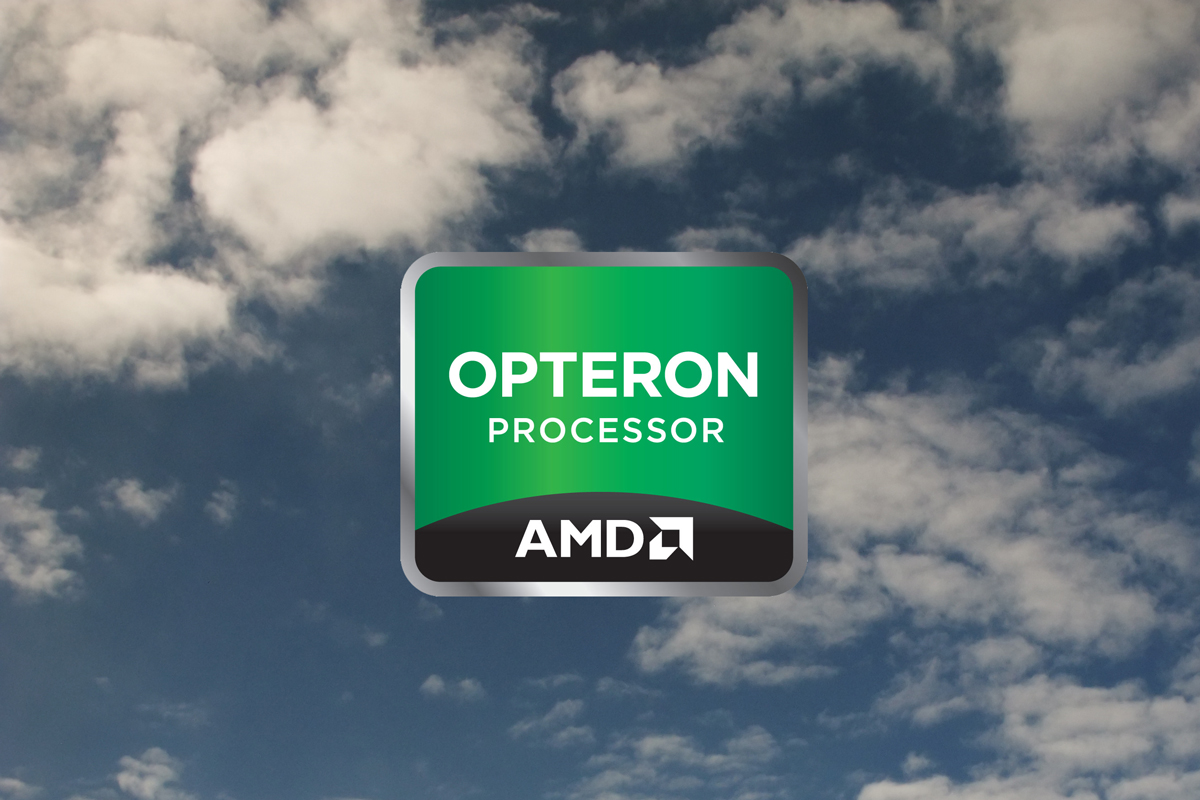
COMMENT AMD has launched its latest range of server processors, the Opteron 6200 and 4200 series chips, otherwise known as Interlagos and Valencia, including a stonking 16-core model.
Naturally, AMD claims its new chips are faster and run cooler than Intel's Xeon processors, but the silicon underdog also claims the new Opterons are perfect for the cloud too - 'Core of the cloud' as AMD's marketing slogan wittily puts it. However, to us it sounds like AMD is jumping on the cloud bandwagon for marketing purposes and the bandwagon is creaking.
AMD's position is fairly straightforward. The new Opterons pack greater processor density into the same amount of rack space as their predecessors without a corresponding increase in power and cooling requirements. Naturally, this sounds perfect for datacentres providing cloud services. Increasing processing power without having to invest in more racks and coolers means you can provide cloud services to more users/customers and potentially pass on the cost savings to those customers.
However, it's worth bearing in mind AMD's somewhat precarious commercial position. Arch-rival Intel has whittled away AMD's market share of the lucrative server processor market just as many of the servers we review on IT Pro have Intel Xeons as AMD Opterons, if not more. The cloud, for better or worse, is the buzzword of the moment and piggybacking on the hype surrounding the cloud is a surefire way to attract attention and market awareness. Both of which are what AMD needs if it's to sell more processors.
That's not to say AMD's claims are necessarily baseless. Cloud providers would of course benefit from increased processing density. AMD's numerous improvements in the new Opterons, from the TurboCore condition-based temporary clock speed boosting technology to the TDP Power Cap method of conserving power without apparently decreasing clock speeds, would benefit cloud providers.
But they would also benefit just about every datacentre, whether or not they're providing cloud services we'd be surprised if there were any datacentre managers who wouldn't want increased processing density and energy efficiency. Especially in an era of tightened budgets and higher energy costs.
What would allay our scepticism is some reassurance that Interlagos and Valencia are but the first steps in a long-term plan. AMD was keen to trot out spokespersons from software and OS partners like Red Hat and VMWare at its Munich launch event for Interlagos to show third-party support for the new Opterons. Third-party support can be fickle though, especially if the future is in doubt.
Get the ITPro daily newsletter
Sign up today and you will receive a free copy of our Future Focus 2025 report - the leading guidance on AI, cybersecurity and other IT challenges as per 700+ senior executives
While we wouldn't expect AMD to divulge its entire product road map, some hints as to what role Fusion-style APUs could play in servers would be welcome. Intel may not necessarily be any better at executing ambitious long-term plans when it comes to massively multi-core and APU-style processors (Larrabee anyone?), but AMD may have to worry about ARM which may be on the rise as a serious competitor in the server market.
In short, we don't think pitching its processors as perfect for the cloud is the market share magic bullet AMD is hoping for. We'd love to be proven wrong though if only because competition is good for your business and the technology it uses.
-
 Women show more team spirit when it comes to cybersecurity, yet they're still missing out on opportunities
Women show more team spirit when it comes to cybersecurity, yet they're still missing out on opportunitiesNews While they're more likely to believe that responsibility should be shared, women are less likely to get the necessary training
By Emma Woollacott
-
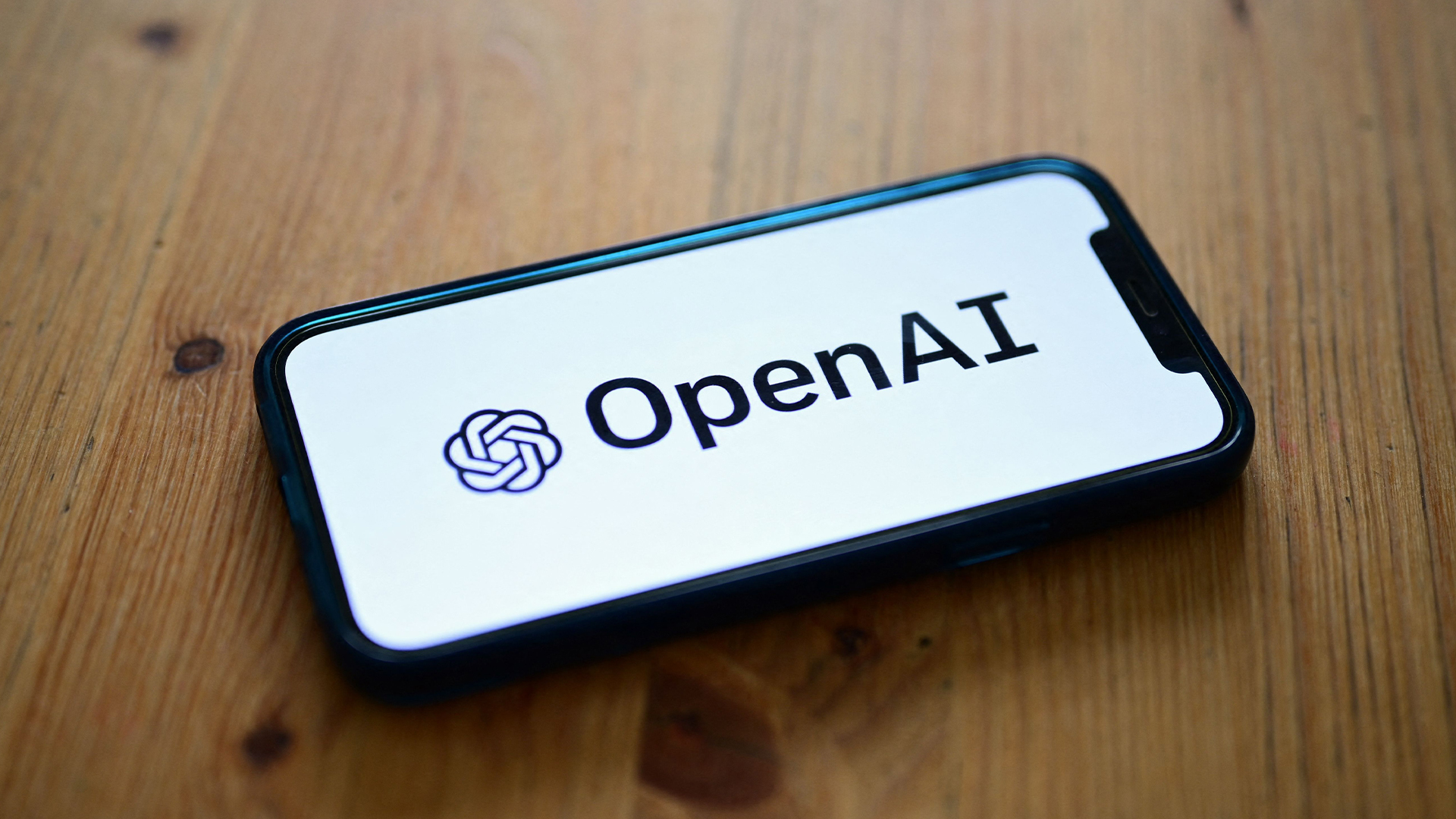 OpenAI's new GPT-4.1 models miss the mark on coding tasks
OpenAI's new GPT-4.1 models miss the mark on coding tasksNews OpenAI says its GPT-4.1 model family offers sizable improvements for coding, but tests show competitors still outperform it in key areas.
By Ross Kelly
-
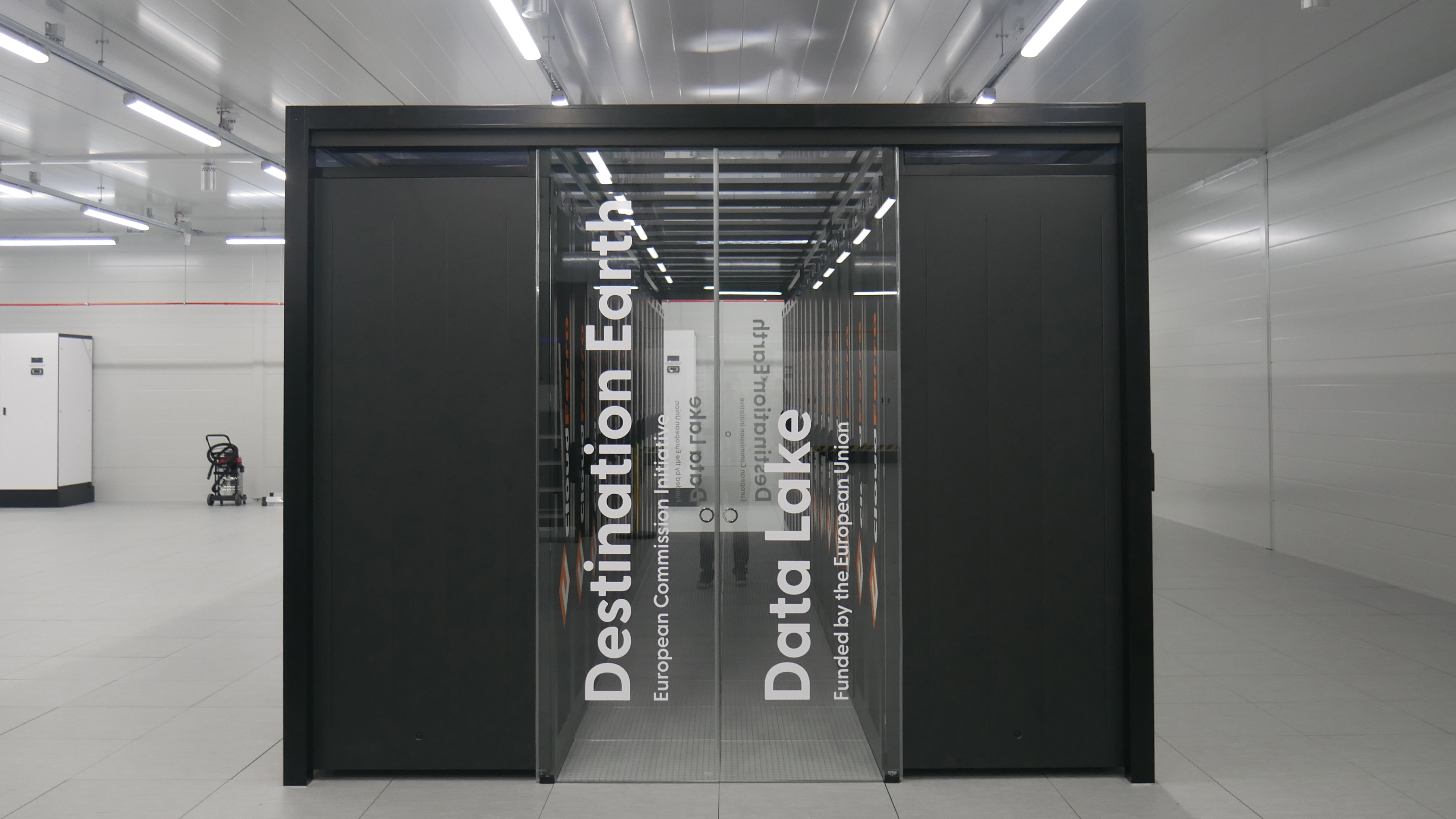 Supercomputing in the real world
Supercomputing in the real worldSupported Content From identifying diseases more accurately to simulating climate change and nuclear arsenals, supercomputers are pushing the boundaries of what we thought possible
By Rory Bathgate
-
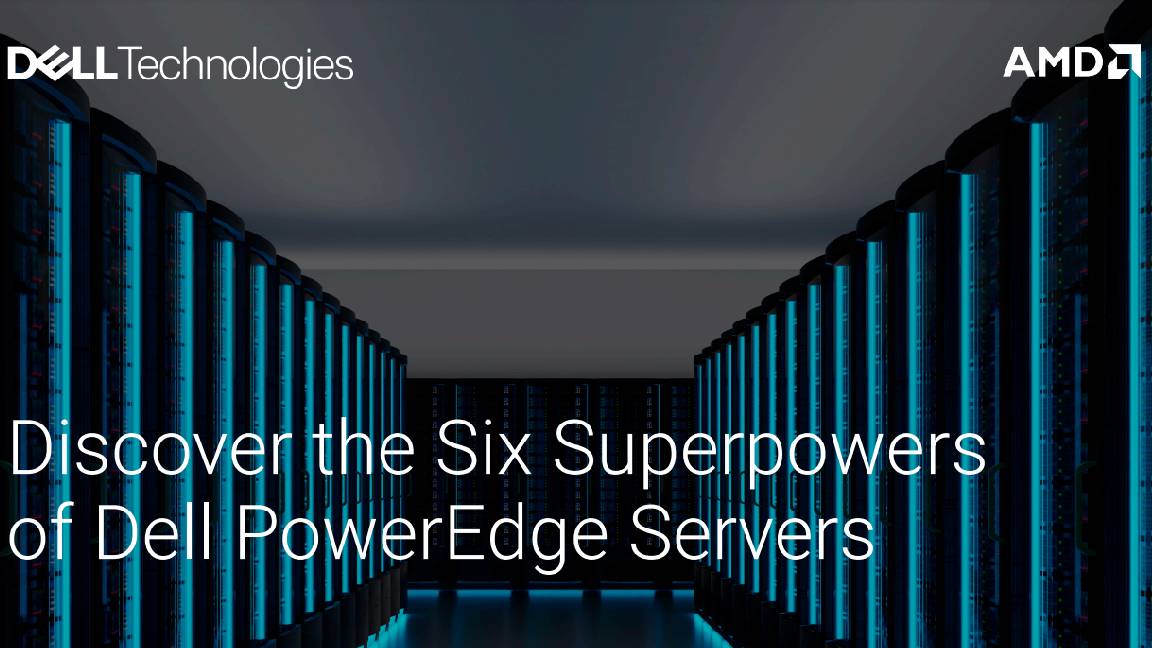 Discover the six superpowers of Dell PowerEdge servers
Discover the six superpowers of Dell PowerEdge serverswhitepaper Transforming your data center into a generator for hero-sized innovations and ideas.
By ITPro
-
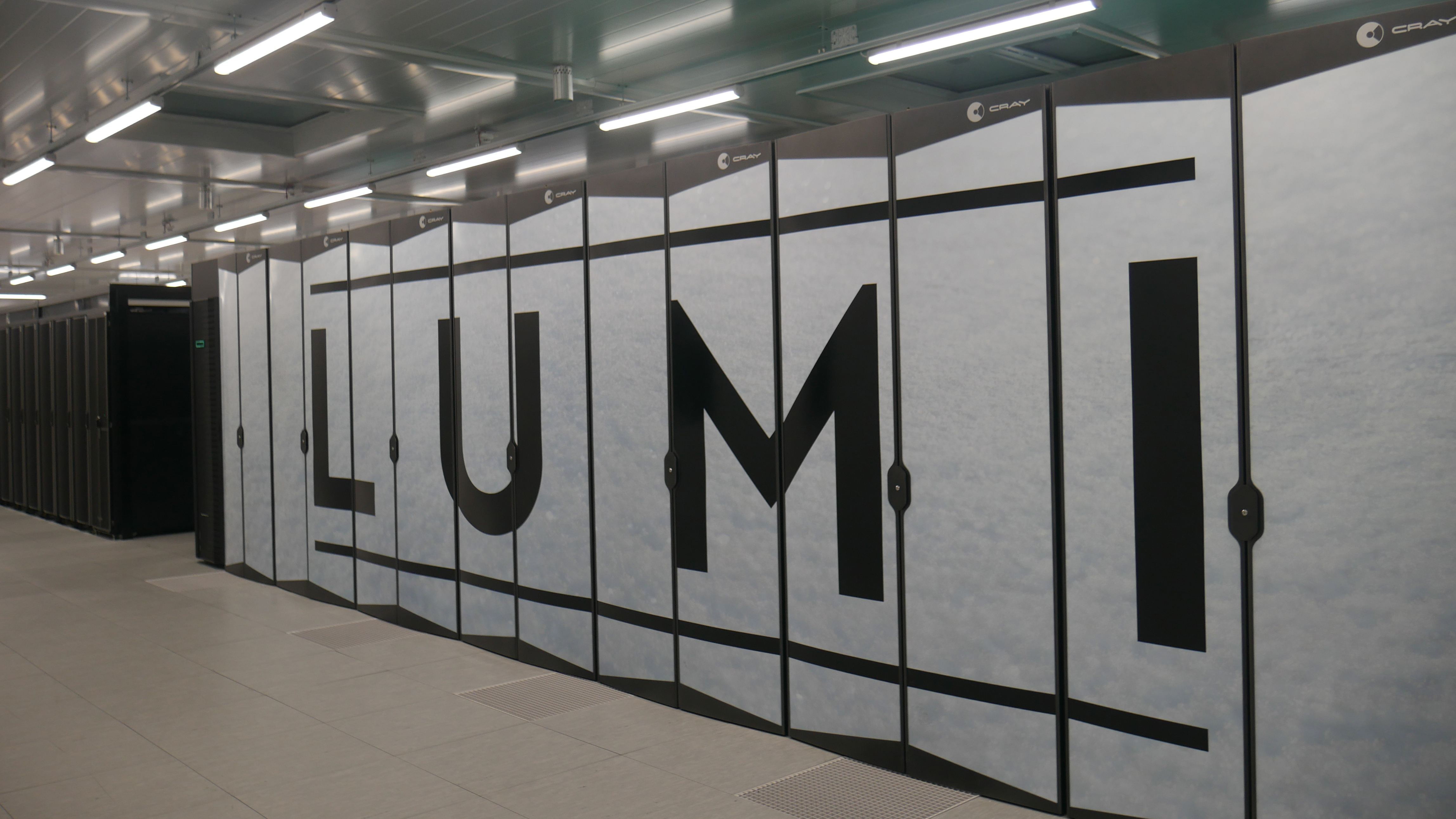 Inside Lumi, one of the world’s greenest supercomputers
Inside Lumi, one of the world’s greenest supercomputersLong read Located less than 200 miles from the Arctic Circle, Europe’s fastest supercomputer gives a glimpse of how we can balance high-intensity workloads and AI with sustainability
By Jane McCallion
-
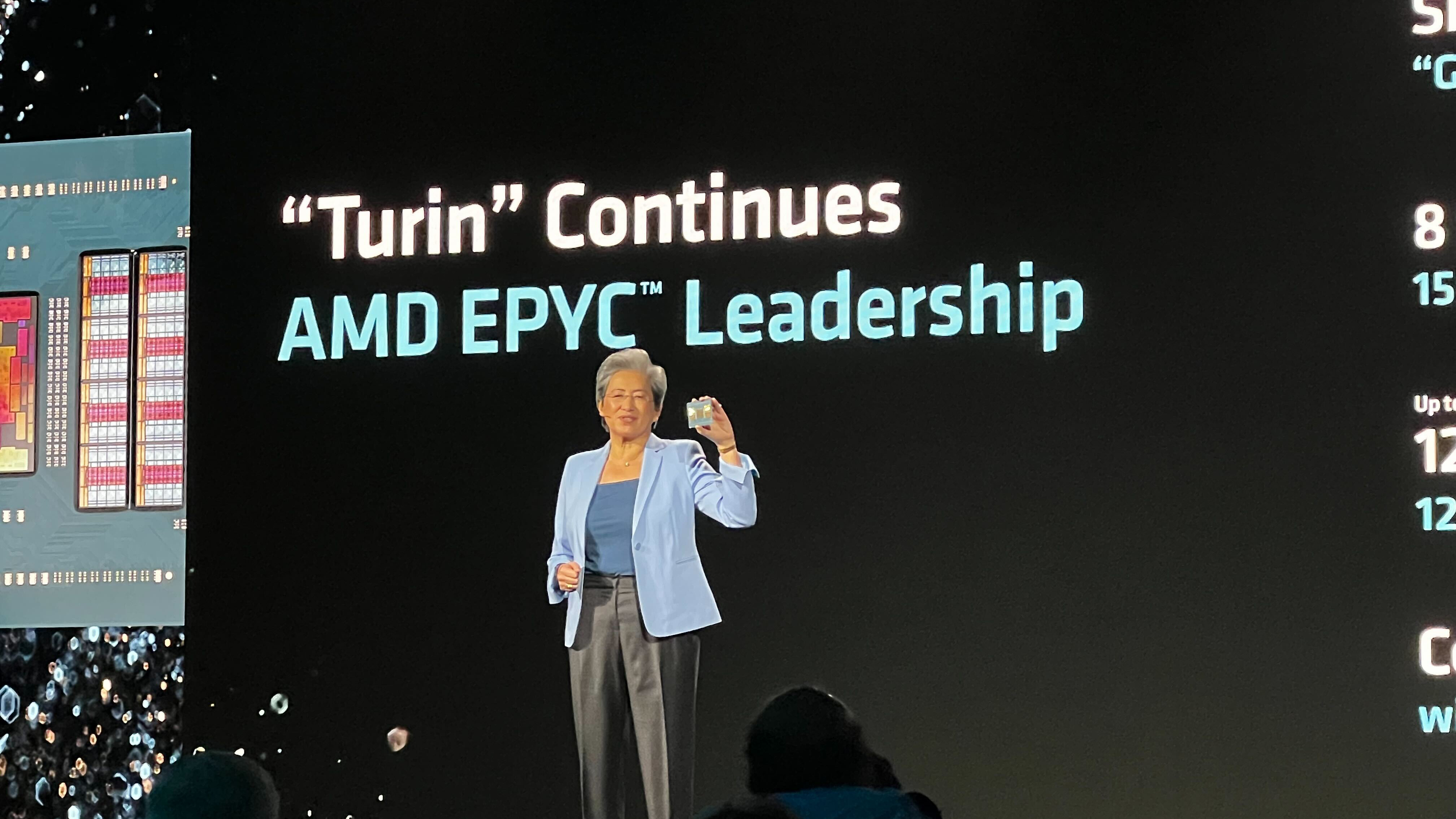 AMD eyes networking efficiency gains in bid to streamline AI data center operations
AMD eyes networking efficiency gains in bid to streamline AI data center operationsNews The chip maker will match surging AI workload demands with sweeping bandwidth and infrastructure improvements
By Ross Kelly
-
 Enhance end-to-end data security with Microsoft SQL Server, Dell™ PowerEdge™ Servers and Windows Server 2022
Enhance end-to-end data security with Microsoft SQL Server, Dell™ PowerEdge™ Servers and Windows Server 2022whitepaper How High Performance Computing (HPC) is making great ideas greater, bringing out their boundless potential, and driving innovation forward
By ITPro
-
 Dell PowerEdge Servers: Bringing AI to your data
Dell PowerEdge Servers: Bringing AI to your datawhitepaper How High Performance Computing (HPC) is making great ideas greater, bringing out their boundless potential, and driving innovation forward
By ITPro
-
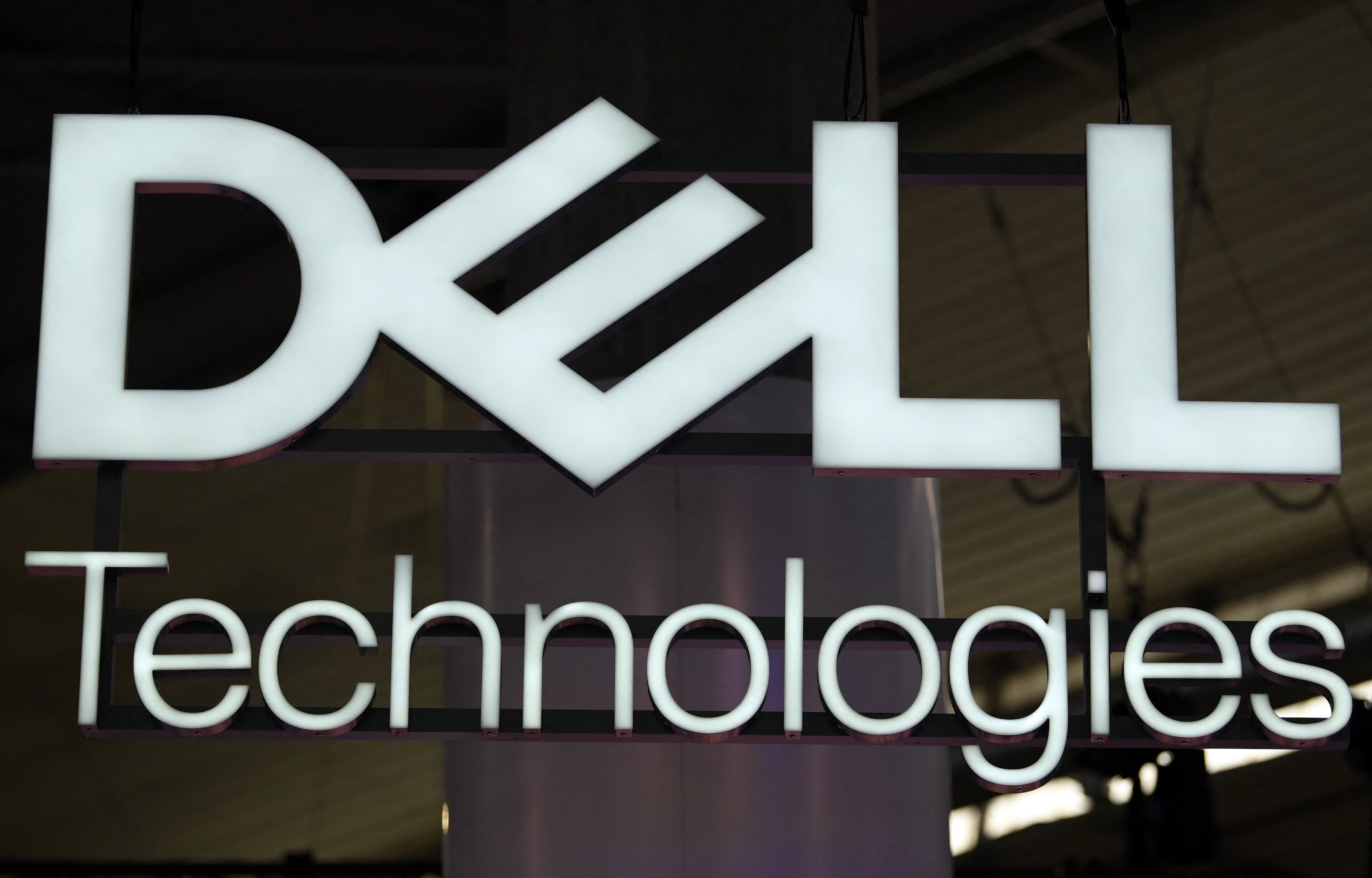 Dell Technologies AI Fabric with Dell PowerSwitch, Dell PowerEdge XE9680 and Broadcom stack
Dell Technologies AI Fabric with Dell PowerSwitch, Dell PowerEdge XE9680 and Broadcom stackwhitepaper How High Performance Computing (HPC) is making great ideas greater, bringing out their boundless potential, and driving innovation forward
By ITPro
-
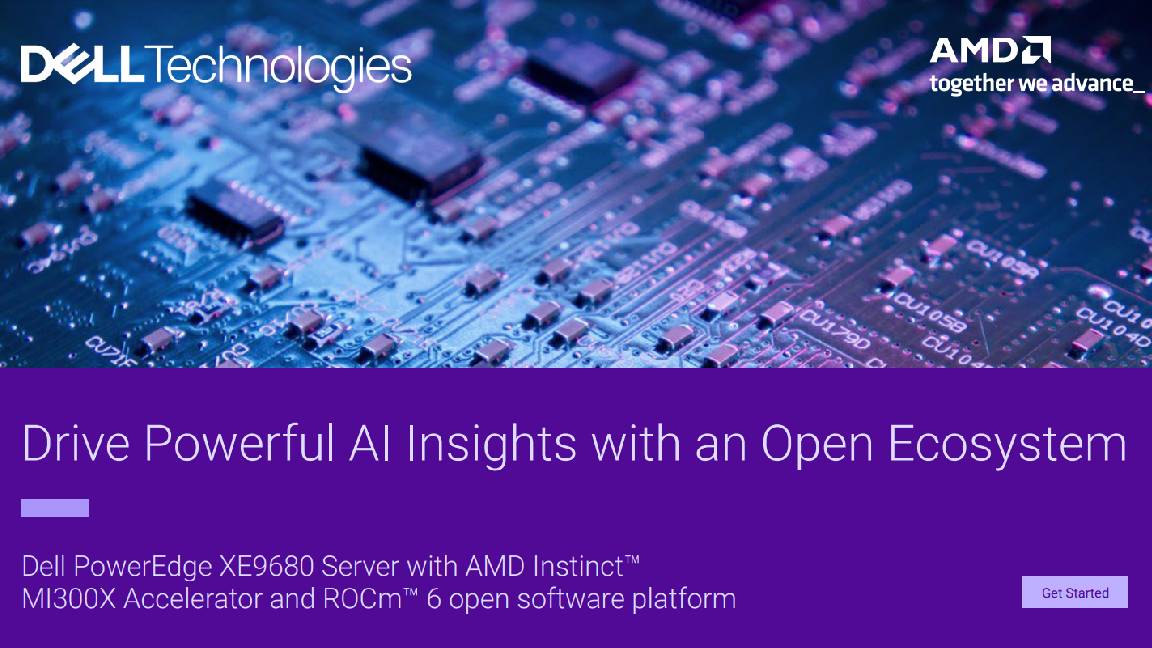 Drive powerful AI insights with an open ecosystem
Drive powerful AI insights with an open ecosystemwhitepaper Dell PowerEdge XE9680 server with AMD Instinct™ MI300X Accelerator and ROCm™ 6 open software platform
By ITPro